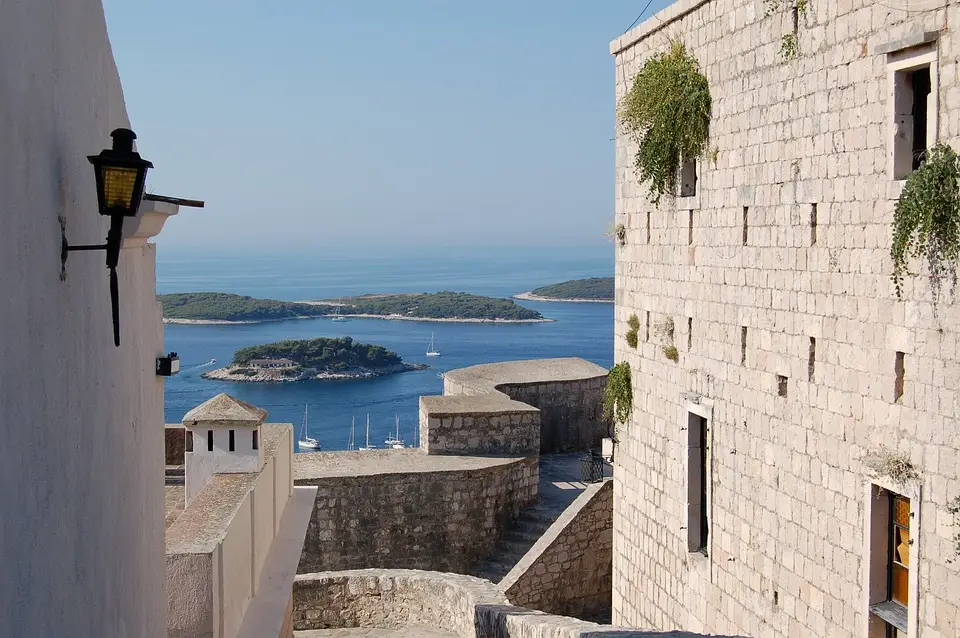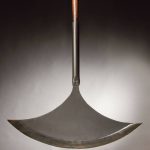As Morski writes, the vision of a fleet of modern and economical ships connecting Croatia’s many inhabited islands to the mainland has been in Tomislav Urod’s head for more than ten years now.
He started thinking about it as a young shipbuilding engineer, disappointed with the condition of the ships transporting passengers across the Croatian Adriatic. He started turning his dream into reality back in 2011 by founding iCat. To date, he has developed several types of solar and electric boats, and recently attracted the media spotlight as one of the signatories of the initiative to build an Adriatic fleet of as many as 21 ”green’”catamarans.
Uroda revealed in an interview for tportal how realistic it is for this to actually come to fruition and happen, what iCat is currently dealing with, and what his future business plans are.
iCat has sold four of its solar boats so far, and its last job was with Mljet National Park, to which three BabyCat boats were delivered, with the last boat delivered at the beginning of last year. The contract was worth about 10 million kuna. With the outbreak of the ongoing coronavirus pandemic, orders and production stopped. Uroda has since been dedicated to designing new types of ships and dealing with agreements on the Autonomous Electric Ships for Smart Islands and Cities initiative, which was launched about ten days ago.
In addition to iCat, the initiators and signatories of the initiative are the Faculty of Mechanical Engineering and Naval Architecture, the Faculty of Electrical Engineering and Computing, the Technology Transfer Centre and the Nikola Tesla Innovation Centre. The initiative envisages the development and construction of 21 passenger catamarans with a capacity of 100 to 300 passengers in three sizes, and one of each model will be located throughout the Croatian Adriatic as part of a pilot project to test the possibilities of individual destinations.
The smallest catamaran would be 17 metres long, seven metres wide, and could accommodate 94 passengers. Its value stands at about two million euros.
”We don’t look at it so opportunistically. Here in our country, a lot of opportunistic projects have been born lately, because now everyone is trying to grab hold of something green and self-sustainable. We only offer what we know. We’ve been developing the project since back in 2010, when we started the first cooperation with the Faculty of Mechanical Engineering and Naval Architecture on the development of passenger ships. Then, in 2015, we made a detailed analysis with the Koncar Institute of Electrical Engineering on the possibility of implementing electric propulsion on such a vessel. The initiative is a logical sequence of everything we’ve been doing for years,” explained iCat’s Tomislav Uroda.
He added that the initiative has no funders behind it and it is the result of long-term development and discussions with various state institutions about what they need and what they would finance in the next budget period.
Croatian administration is, unsurprisingly, very slow…
Since none of the ministers was present at the signing, when asked what level of interest the state showed, he said:
The State Secretary from the Ministry of Economy and the Director of the Inland Navigation Directorate of the Ministry of Maritime Affairs were present. Their position is that this will be one of the priority projects in the next financial period. What we’ve heard in communication with the institutions is that they have 227 billion kuna at their disposal that they have to spend in the period from 2020 to 2027. That’s a very short period and there are only five years of it left, and we can deliver the first ship in the third year of the project. The administration is very slow. The European recovery plan began the same year that the coronavirus pandemic began and the idea was for countries to spend money to save their economies. Nothing has happened to or with us so far.
Who should apply for European Union funds?
We expect such an application to come from the top. We have no plan to operate these ships. We’ll build them for some carrier that then will apply for funds. It’s the state that must recognide the project and put it into one of its programmes, as was the case with Mate Rimac’s initiative to research, develop and produce autonomous electric taxis.
Has Jadrolinija shown interest in your catamarans?
Jadrolinija hasn’t, no, but other private transport companies have. Jadrolinija is a huge company and it may be looking at the process conservatively.
Can Rimac batteries be used in your ships?
We don’t cooperate with him, we import our batteries. Although ten years ago Rimac and I talked about whether he could assemble a battery drive for us. He told me; ”You make the boat, I’ll bring the battery, and we’ll see what we get.’‘ However, developing a boat is a little more complicated than developing a car. A prototype ship is a very expensive thing. You can’t start working in your garage, you have to report it to the captain’s office immediately as a ship under construction. Then you’re followed through the whole process by the Croatian Register of Shipping. They must first approve the design, the structure and all of the equipment of the ship. They come to set up the keel, check the materials that are installed…
Tomislav Uroda also says that in the period from 2009 to 2011 he worked for the Norwegian company CroNoMar.
When I told them about electric boats, they sort of stuck their noses up at it. What do we need it for? they said, when we have oil? But while we in Croatia were changing our minds, the Norwegians stepped up their game and today they have the strongest fleet of electric boats in the entire world. They’re building large ships, mostly ferries, which network the fjords, iCat’s Tomislav Uroda concluded for tportal.
For more, check out Made in Croatia.









